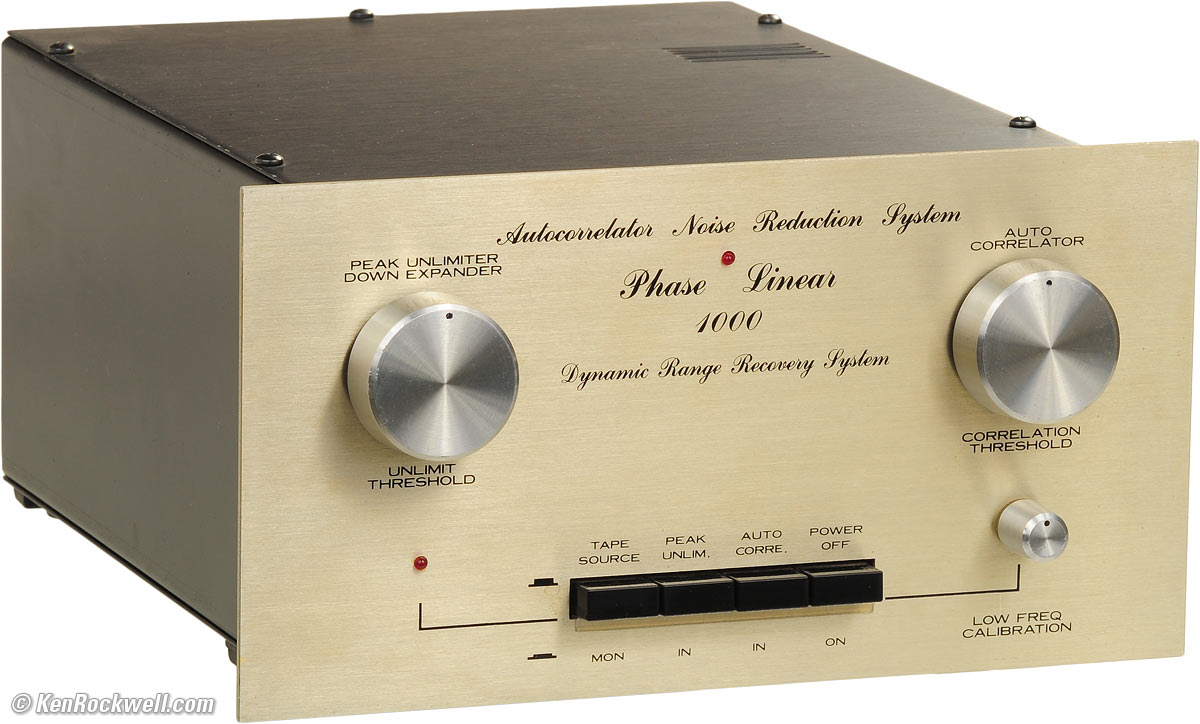MeanandGreen said:Thompsonuxb said:davedotco said:matt49 said:Thompsonuxb said:What is wrong with the volume knob on your amps anyway?
Why don't you turn down these loud albums.
OMG *help*
You may as well try and explain this to your spaniel, greater chance of him understanding...*good*
Stop it Dave - it's a perfectly reasonable stance.
I have many CDs, some of the older ones were replacements for some vinyl tracks I owned.
Tracks can be louder without the upper and lower bits clipped.
I myself when recording vinyl to CD raise the level as the vinyl was eq'd too low.
'Off the wall' by Michael Jackson and Earth, Wind and Fire's 'Let's Grove' being a couple examples.
What I'm asking is what's the real argument.
There a poor recordings on every format - I always felt finding a sweet sounding album/track amongst the noise was part of the joy of hifi.
The loudness issue isn't just about clipping. It doesn't need to be clipped to suffer from heavy compression.
What you are doing with the recording level when recording from vinyl to CD isn't the same thing, it's just boosting the overall level as a turntable has a much lower output than a CD Player. All you are doing is matching this up. The difference between the peaks and troughs on the record will be as they were, you'll just need to playback at a lower volume setting on your amp.
The DR scale is all about mesuring the difference between peaks and troughs in db on a recording. The lower the number the less difference in volume there is between the peaks and troughs. On a digital format this usually means everything is maxed up to 0db from start to finish with no variation in volume and therefore lacking in dynamics.
You don't need to boost a vinly you record on to a cd since there is a miss match between the ouput from a cd player and amp and therefore you can't use the volume knob more then to 10 or 11 '0 clock before distortion, that's why a TT sounds different,one of the reasons is that you can use the volume knob over a wider range befor reaching max levels
https://youtu.be/JhuWuTDZiuI?t=20m38s


